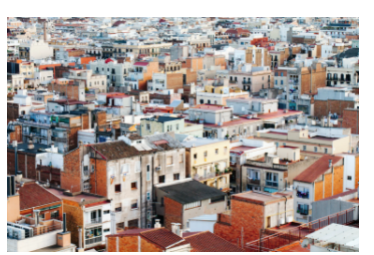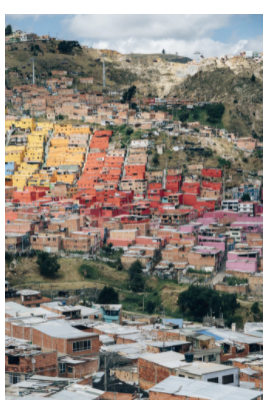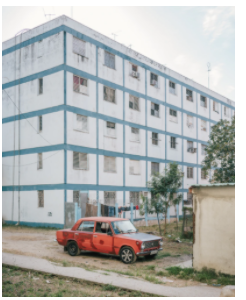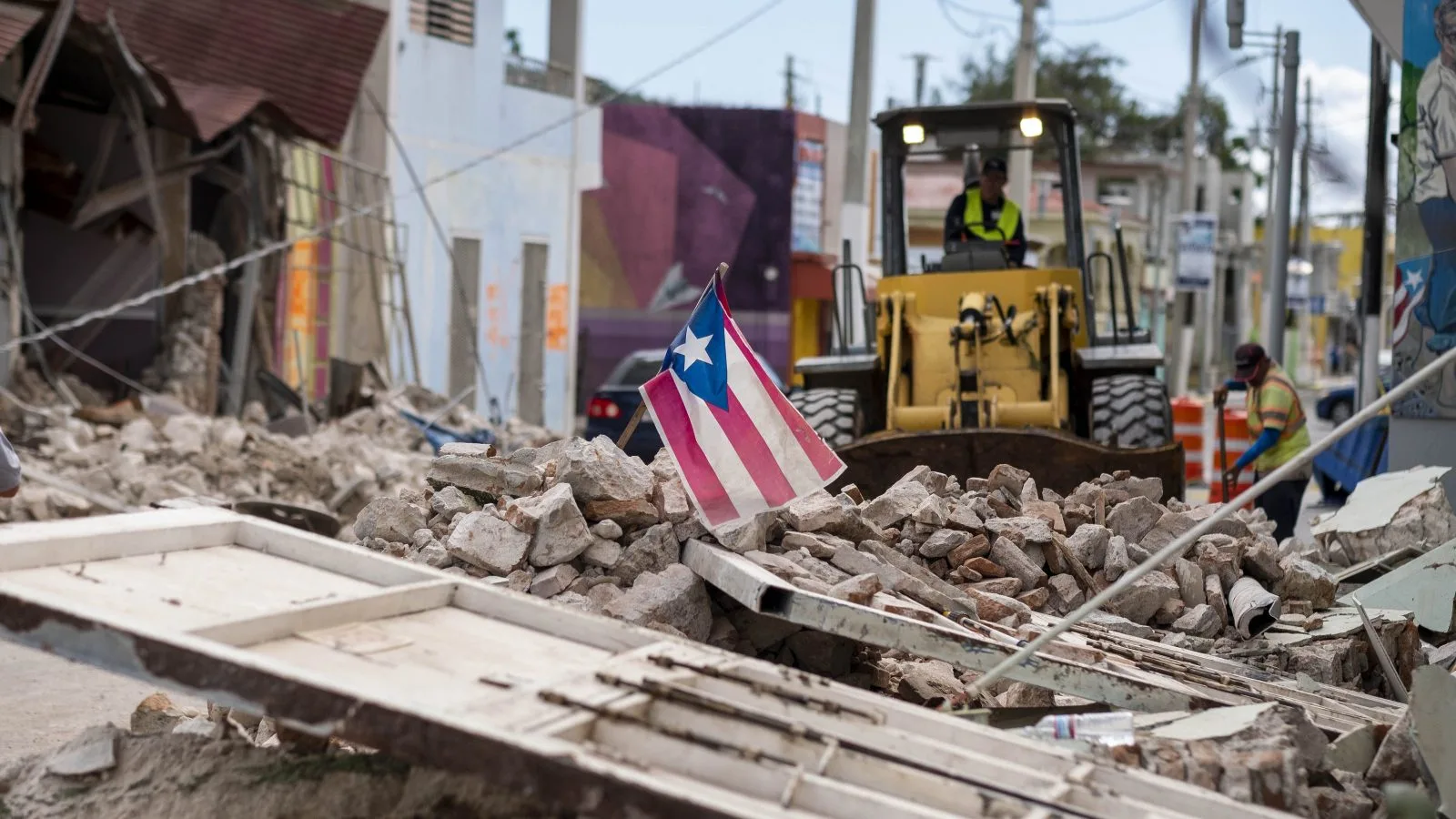5.3 Housing and Standard of Living
4 min read•june 18, 2024
Isabela Padilha
B
Brittany Schwikert
AP Spanish Language 🇪🇸
54 resourcesSee Units
Natural phenomena have huge impacts in people's standard of living. On top of that, the lack of infrastructure is also destabilizing, and many families in Latin America who experience the impacts of natural disasters are forced to migrate due to these conditions. In the section below, we will explore how the lack of access to technology is destroying people's ability to have stable housing in some Latin American nations.
Housing 🏘️
The quality of housing (calidad de la vivienda) 🏘️ available can have a significant effect on one's own quality of life, both mentally and physically. Different critical factors in the measurements of housing quality include, but are not limited to: air quality (calidad de aire), presence of mold (presencia de moho), safety (seguridad), proximity to work (proximidad al trabajo), access to water (acceso al agua), and meeting a family’s budget (presupuesto familiar). Those living in poor-quality homes are at a greater risk for developing chronic disease (enfermedad crónica) 🤒 and injuries (heridos) 🤕, as well as poor mental health (salud mental) 😢.

Brick houses in Barcelona, Spain
Housing in Latin America
Latin America’s population continues to grow and expand, yet the availability of housing has failed to keep up with surges in population 🧑🤝🧑 📈🧑🤝🧑. Few apartments and/or homes are available, and those that are available often contain deficiencies. According to one set of estimates, deficiencies were found in over half of the current housing. Those deficiencies could include lack of running water, crumbling infrastructure, or presence of mold.
However, the level of gravity with housing issues varies from country to country, and certainly between regions and cities as well. On a whole, poor countries tend to have worse housing conditions than wealthier countries, and living conditions tend to fare better in cities 🌃 than in rural areas 🌄. One factor that accounts for these differences is the level of home ownership and what services are available within cities (roofing agencies, plumbing, electricity repair, etc.). As with most social inequities, living conditions also vary greatly by gender, age, and social class.

Bógota, Colombia
Lack of Policies
One of the biggest gaps in housing issues across Latin America is the lack of fair and equitable policies that could help impoverished families own a home, or even have access to renting one. Researcher Alan Gilbert suggests that since housing exists as an “intermediate position” between other social and economic policies, it’s largely overlooked and ignored. In other words, all the money that the government has is more easily spent on economic and social policies, but those don’t often take into consideration housing crises that plague many of Latin America’s urban areas.
*Information gathered from Inter-American Development Bank
Financial Insecurity
The main factor in lack of stable housing in Latin America is due to financial reasons 💰. Central governments are tasked with distributing funds for housing, and while they may be able to create new homes, they often then lack additional funds to provide consistent upkeep and other urban services. It’s challenging for governments to create appropriate and safe housing for all its citizens at a low cost, and many of the low income neighborhoods that need the most renovation are often overlooked.
In Latin America, cities have continued to expand in size, yet available and equitable housing has failed to keep up at the same pace. As a result, many vulnerable populations are without shelter, exposed to the natural elements, and continuously on the move.
*Information gathered from IHC Global and Inter-American Development Bank

Cienfuegos, Cuba
Case study - Hurricane Maria 🌀
In 2017, Puerto Rico was struck by the catastrophic Hurricane Maria, in which caused great destruction, floodings, and landslides. One notable impact of this disaster was the power outage, which was not fixed for months after the incident.
The island health and wellbeing was deeply impacted. Many puerto riqueños suffered greatly from mental health problems after the disaster, due to the stress caused and the utter devastation of the island. The population's physical health was also affected by the lack of access to clean water, leading to a spike in diseases such as leptospirosis. The recovery efforts are still ongoing, with many people trying to recuperate their homes and hoping to restore their livelihoods.

Strive for Five Vocab 🔑
- Vivienda - housing
- Calidad de vivienda - quality of housing
- Calidad del aire - Air quality
- Presencia de moho - presence of mold
- Seguridad - security
- Proximidad al trabajo - proximity to work
- Acceso al agua - access to water
- Presupuesto familiar - Family budget
- Enfermedad crónica - chronic disease
- Heridas - Injuries
- Salud mental - mental health
Browse Study Guides By Unit
👨👩👧Unit 1 – Families in Spanish-Speaking Countries
🗣Unit 2 – Language & Culture in Spanish-Speaking Countries
🎨Unit 3 – Beauty & Art in Spanish-Speaking Countries
🔬Unit 4 – Science & Technology in Spanish-Speaking Countries
🏠Unit 5 – Quality of Life in Spanish-Speaking Countries
💸Unit 6 – Challenges in Spanish-Speaking Countries
📚Study Tools
🤔Exam Skills

Fiveable
Resources
© 2025 Fiveable Inc. All rights reserved.